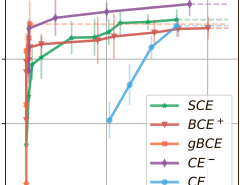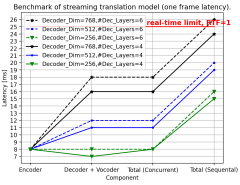Authors: Florian Nettersheim, Stephan Arlt, Michael Rademacher
Published on: April 22, 2024
Impact Score: 8.0
Arxiv code: Arxiv:2404.14190
Summary
- What is new: This pre-study uniquely evaluates the extent to which ad-malware is recognized and categorized by common Internet services, revealing significant discrepancies in their definitions of suspicious content.
- Why this is important: The pervasive issue of potentially malicious content hidden in online advertisements, posing a threat to internet users.
- What the research proposes: Crawling a vast set of websites to fetch HTTP requests linked to online advertisements and querying these against popular filtered DNS providers and VirusTotal, to assess the detection rate of ad-malware.
- Results: Up to 0.47% of domains are labeled as suspicious by DNS providers, and up to 8.8% by VirusTotal, with only 0.7% to 3.2% categorized specifically as ad-malware, indicating varied definitions of suspicious content among services.
Technical Details
Technological frameworks used: Web crawling for data collection, DNS filtering, and VirusTotal querying
Models used: Not specified
Data used: HTTP requests from a large dataset of websites
Potential Impact
Online advertising platforms, cybersecurity firms, and publishers could all be impacted by these findings, necessitating adaptive strategies for detecting and managing ad-malware.
Want to implement this idea in a business?
We have generated a startup concept here: AdIntegrity.



Leave a Reply